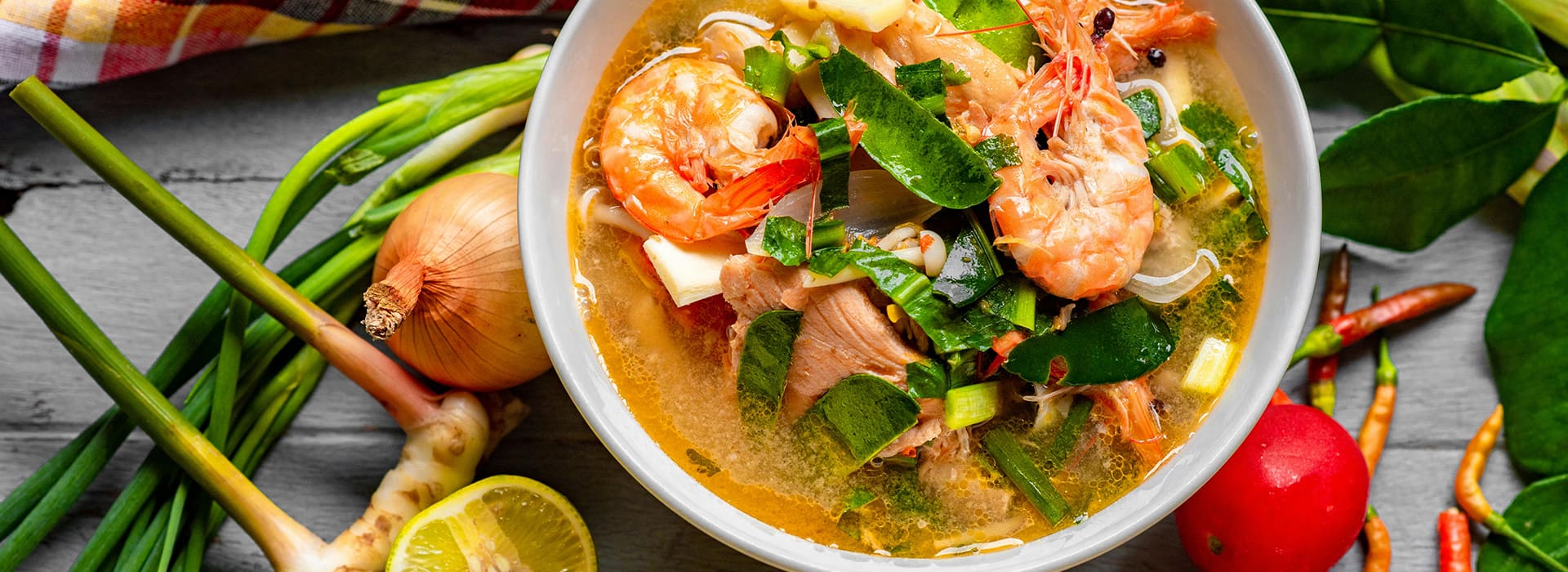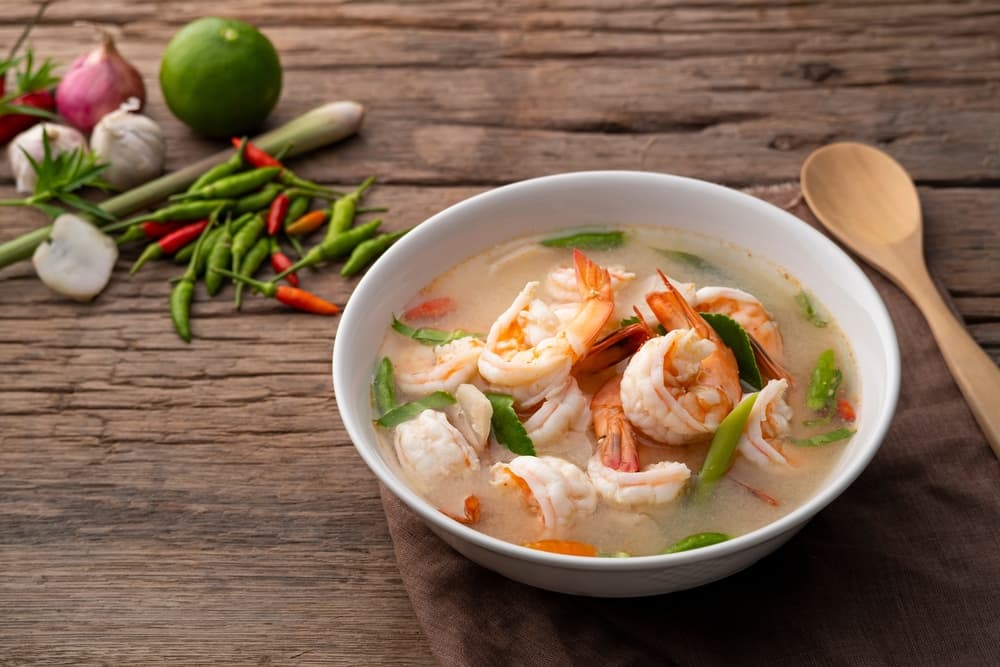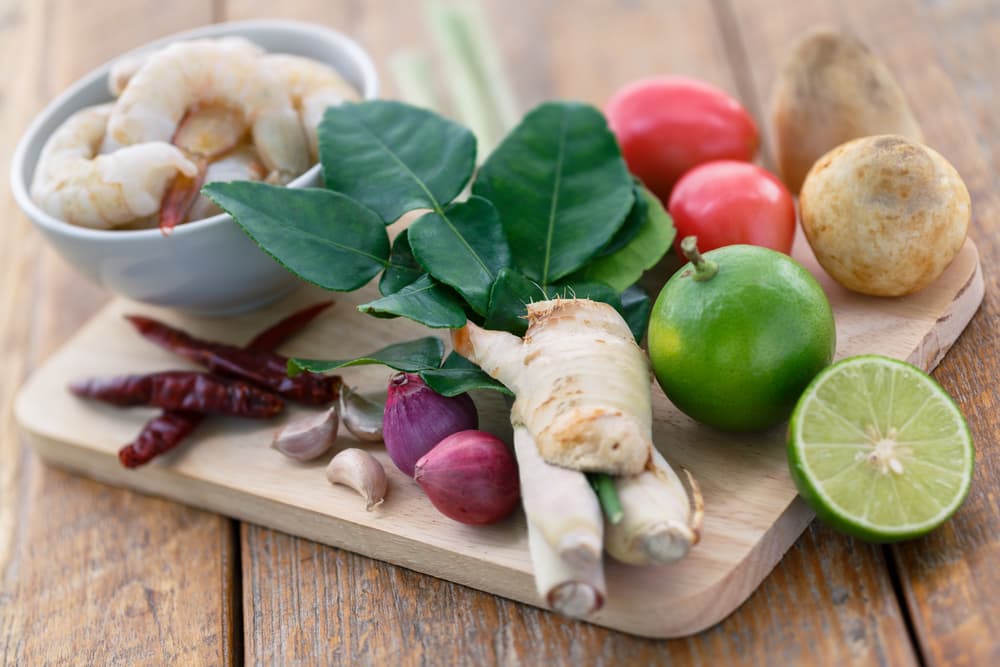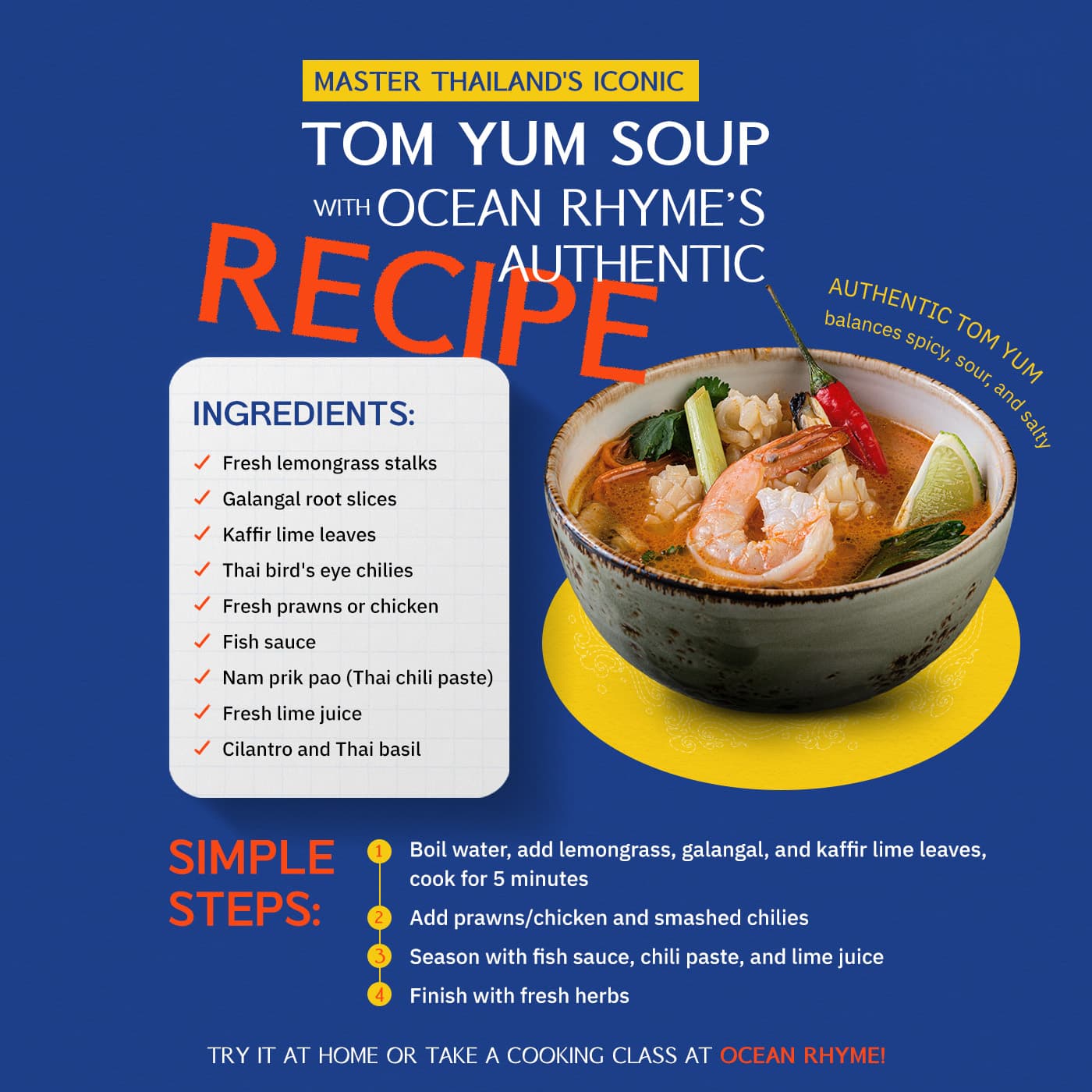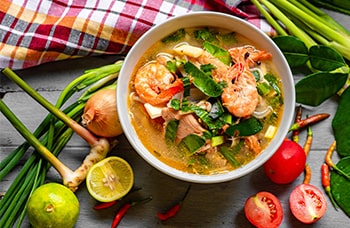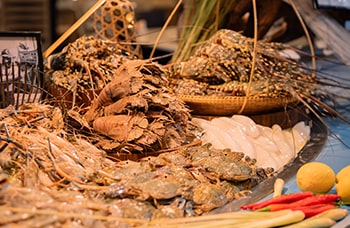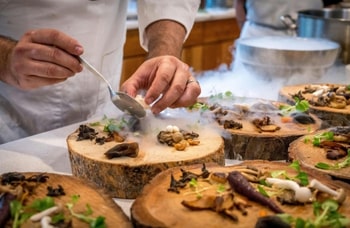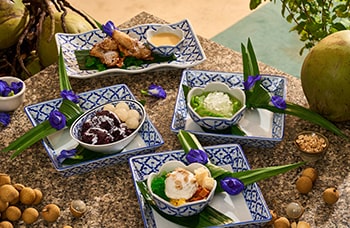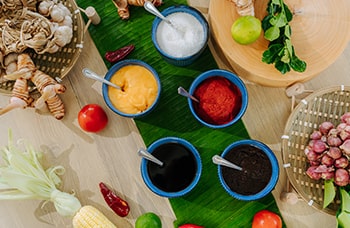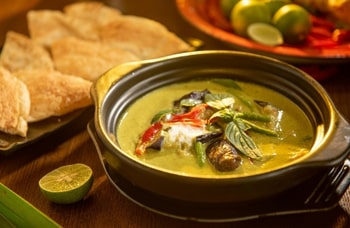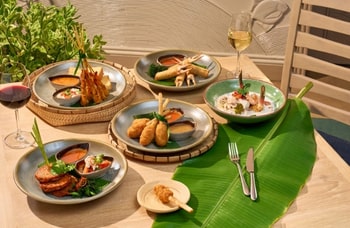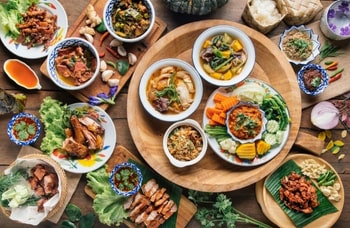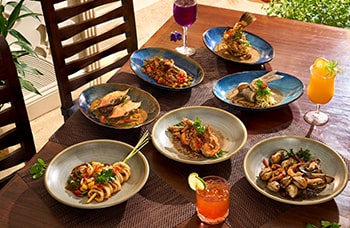How to Make Tom Yum Kung Like a Thai Chef
Tom yum is one of Thailand's most iconic foods, and certainly its most famous soup. It captures taste buds worldwide with its perfect balance of spicy, sour, salty, and creaminess.
This iconic hot and sour soup represents Thai cooking at its finest: layers of complex flavors built from simple, fresh ingredients. Learning authentic tom yum recipes means understanding how Thai chefs achieve the flavor harmony through proper ingredient selection and timing while cooking.
Unlike Western soups that simmer for hours to develop flavors, tom yum comes together rather quickly, making it accessible for home chefs to try on their own.
Origins of Thailand's Signature Soup
Central Thailand claims tom yum’s centuries-old origins, when cooks needed ways to preserve fresh river prawns using local herbs and chilies. The name reveals its essence: "tom" means boiling, "yum" refers to Thailand's spicy-sour salad category.
Originally, fishermen created this soup to make their catch last longer while boosting flavor with readily available aromatics. What started as practical preservation evolved into Thailand's most recognized soup. The traditional version used fresh river prawns, but modern tom yum soup recipes accommodate different proteins while still maintaining the essential flavor profile that defines this dish.
Authentic tom yum recipes vary by region and chef, with some adding mushrooms, tomatoes, or coconut milk. Northern versions might include different herbs, while southern interpretations add more chili heat. Central Thai versions stay closest to the original river prawn preparation, but all maintain that essential spicy-sour-salty balance.
Essential Ingredients for Authentic Tom Yum
Aromatic Foundation: Fresh lemongrass stalks, galangal root, and kaffir lime leaves create tom yum's signature fragrance. These three ingredients are the holy trinity that have no substitute; dried versions pale in comparison to fresh aromatics.
Heat and Sourness: Thai bird's eye chilies provide clean heat while fresh lime juice delivers the sour component. The balance between these two elements determines the depth of the flavor.
Protein Choices: Fresh prawns are the star in classic tom yum “goong”, while chicken works for tom yum “gai”. The protein should be fresh and cooked just until done.
Umami Builders: Fish sauce, a staple Thai ingredient, adds essential saltiness and depth, while nam prik pao (Thai chili paste) contributes smoky complexity and the slight sweetness that rounds out the flavor profile.
Fresh Finish: Cilantro and Thai basil added at the end provide bright herbal notes that add a final lift to the flavor.
Step-by-Step Tom Yum Soup Recipe
Build the Aromatic Base: Bring water to a boil, then add bruised lemongrass stalks, sliced galangal, and torn kaffir lime leaves. Simmer for 5 minutes to extract essential oils.
Add Protein and Heat: Drop in fresh prawns (or sliced chicken) along with smashed Thai chilies.
Balance the Flavors: This critical step is how to make tom yum kung have that authentic taste. Add fish sauce for saltiness, nam prik pao for depth, then fresh lime juice for sourness. Take a taste test, as the balance should be equal parts spicy, sour, and salty notes.
Fresh Herb Finish: Remove from heat and stir in fresh cilantro leaves and torn Thai basil. These herbs wilt slightly in the hot broth but maintain their bright flavors.
The entire process takes under 15 minutes, but achieving proper flavor balance requires practice and using quality ingredients.
Master Tom Yum Through Hands-On Learning at Ocean Rhyme
Authentic tom yum mastery requires hands-on experience with fresh ingredients and expert guidance. The traditional techniques that involve subtle timing and ingredient quality assessment simply cannot be conveyed through text instructions.
Ocean Rhyme's Thai cooking class in Phuket provides access to fresh, authentic ingredients from local markets and traditional techniques that home kitchens rarely accommodate. Our chefs demonstrate proper aromatic extraction, protein cooking timing, and the crucial flavor balancing that creates restaurant-quality results.
Master this iconic soup with expert guidance by booking a Thai cooking class in Phuket at Ocean Rhyme and you’ll learn why making authentic tom yum is an art of its own.








